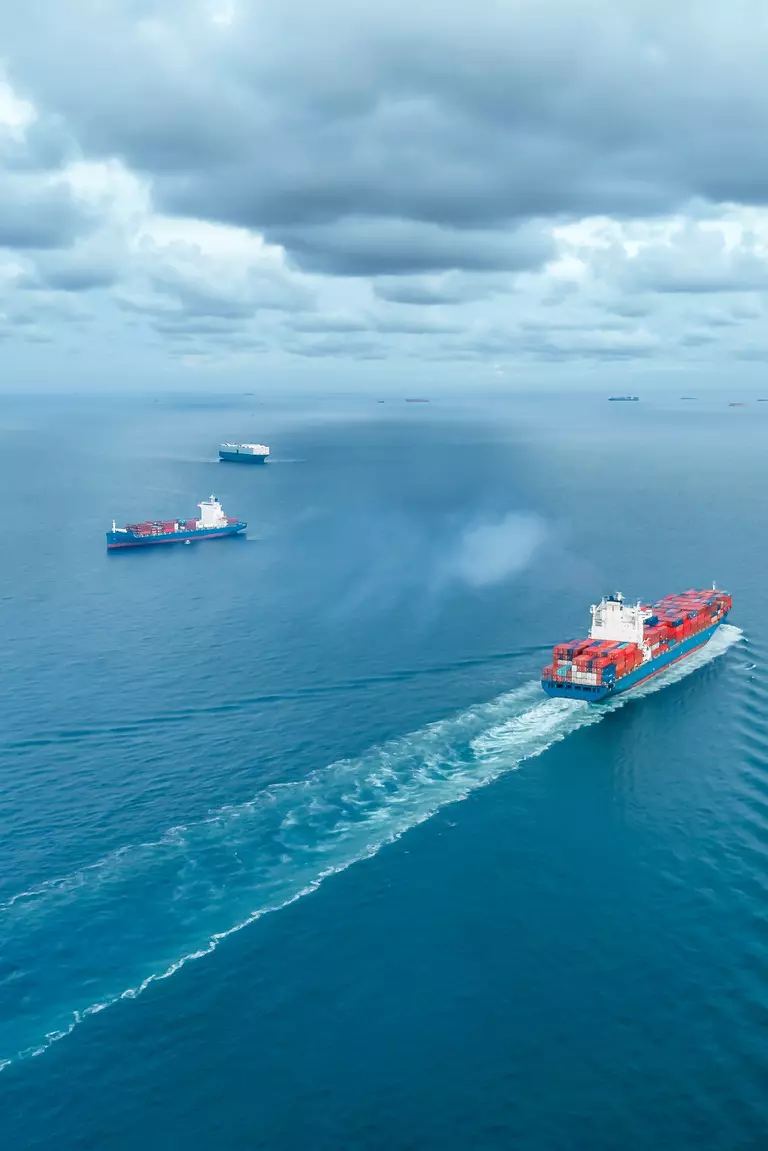
03 June 2025
Optimizing Visibility for Navigation and Detection.
When selecting a FLIR Marine thermal camera, understanding range and resolution are key. How far do you need to see for safe navigation? What level of detail is required to detect vessels, objects, or activities of interest?
FLIR Marine offers standard and high-resolution thermal cameras. Resolution, measured in pixels, determines image clarity:
Each pixel functions as an infrared thermometer, detecting temperature variations and converting them into an image. More pixels equate to greater detail:

Higher Resolution Thermal Image.

Lower Resolution Image.
Similar to digital cameras, higher pixel density improves image quality. With more pixels, thermal cameras capture subtle temperature variations, revealing finer details for easier object identification. In marine environments, high-resolution cameras offer long-range detection advantages. A small object on the horizon might be indiscernible until it fully occupies a pixel. High-resolution cameras mitigate this by filling four times as many pixels at any distance—improving object clarity.
High-resolution cameras are vital for SAR missions, where detecting a person in the water is crucial. Unlike on land, only the head and arms are visible above water, making pixel density critical for identification. FLIR thermal cameras also enhance safe navigation, helping boaters avoid floating hazards like lobster trap buoys, pilings, wellheads, and debris.
In summary, choose a standard resolution FLIR camera for cost effectiveness and close-range use. Or step up to high resolution FLIR thermal for open-water navigation, surveillance, and long-range target detection. With FLIR Marine thermal cameras, mariners gain enhanced visibility, improved safety, and reliable detection—day or night.